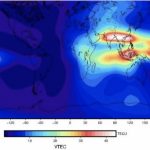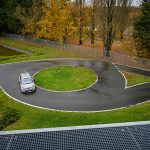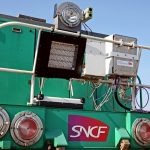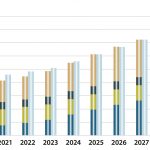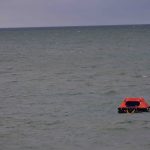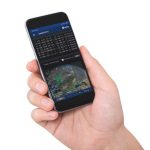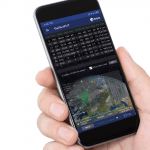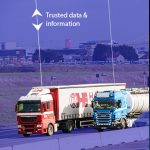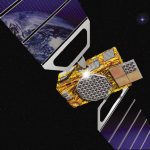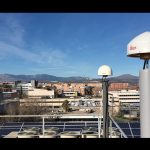New Ionospheric Model for Galileo Users
A version of the NeQuick G ionospheric model algorithm to help single-frequency receivers to estimate and correct for the ionospheric propagation delay is now available for download from the Galileo Service Center (GSC) website). Using a new coding approach, this version is the result of intensive effort by engineers at the EU’s Joint Research Centre.
By Inside GNSS
